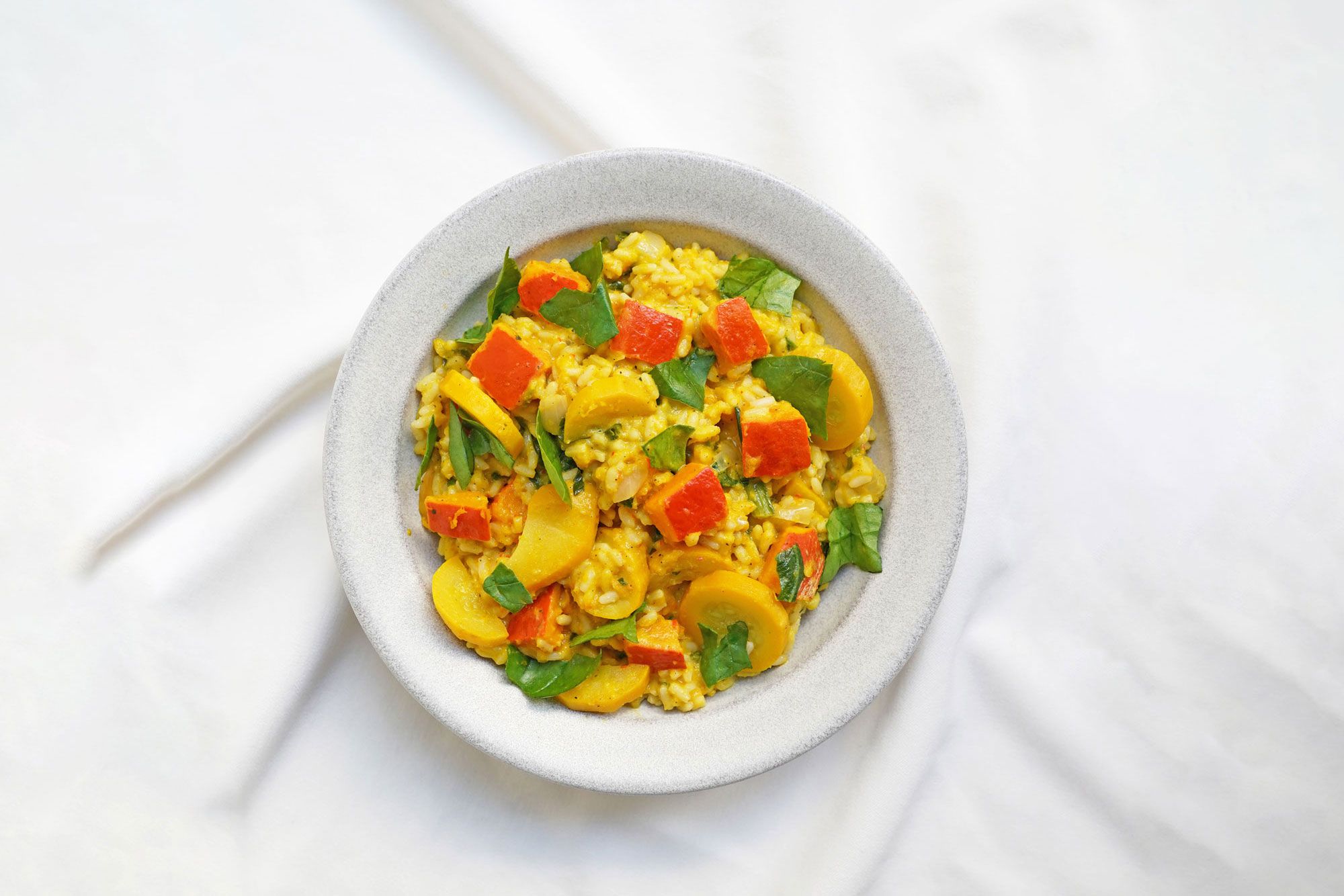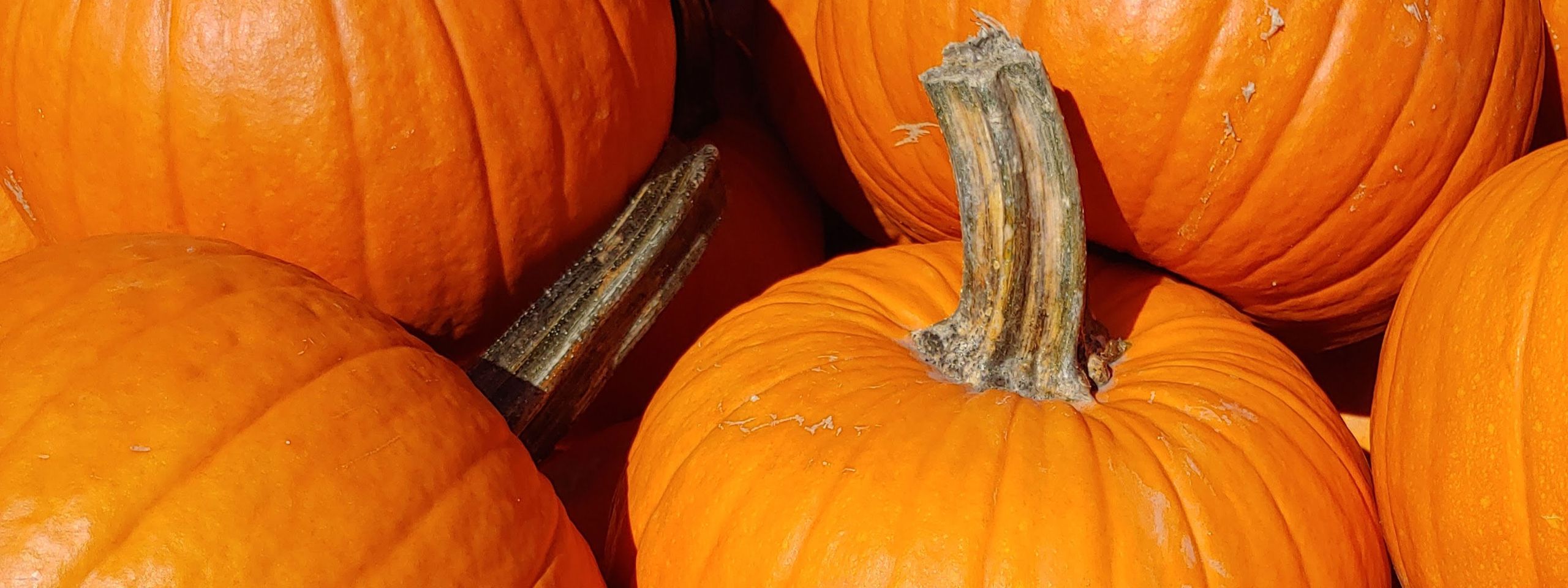Hokkaido Pumpkin
Autumnal darling
Intro
The Hokkaido pumpkin is the absolute favourite among pumpkins. As the name suggests, it originates from the Japanese island of Hokkaido. This orange vegetable is a real multitalent: perfect for creamy soups, hearty stews, crispy oven roasts as well as pies! Unlike most pumpkins, the rind of the hokkaido can also be consumed.

What is a Hokkaido pumpkin?
The hokkaido is a descendent of the original giant pumpkin (Cucurbita maxima). It has a round shape with an average weight of 0.5-1.5kg. Its close relatives are zucchini, melons, cucumbers and all belong to the berry family.
It gets its name from its birth place: the Japanese island of Hokkaido. The island locals started cultivating it at the end of the 19th century. However, it has only been in Europe for about 25 years. In Japanese, the Hokkaido pumpkin is known as “Uchiki Kuri''.

Where does Hokkaido pumpkin come from?
The Japanese island of Hokkaido.
Which varieties are there?
The most common varieties are:
Uchiki Kuri
-Orangey-red peel, orange flesh
Sunny Hokkaido
-Slightly larger and rounder than Uchiki Kuri
Kuri Kabocha
-Green Hokkaido
Blue Kuri
-Grey-green peel, brown flesh
Snow Delite
-Grey peel
When is Hokkaido in season?
End of August to December
Our tips for preparing Hokkaido Pumpkin:
Oven bakes, veggie pans, rice, risotto and pasta dishes, soups, purees and desserts (e.g. pies)
Hokkaido Nutrition Facts/ per 100g:
| Typical Values | 100g |
|---|---|
| Calories | 37 |
| Fat | 0.2g |
| Carbohydrates | 9g |
| Fibre | 2g |
| Sugar | 0g |
| Protein | 2g |
Nutrients in Hokkaido pumpkin:
Vitamins: Beta-Carotene, B-Vitamins, Vitamin C, Vitamin E and Folic Acid
Minerals: Sodium, Potassium, Calcium, Magnesium, Phosphate, Iron and Zinc


